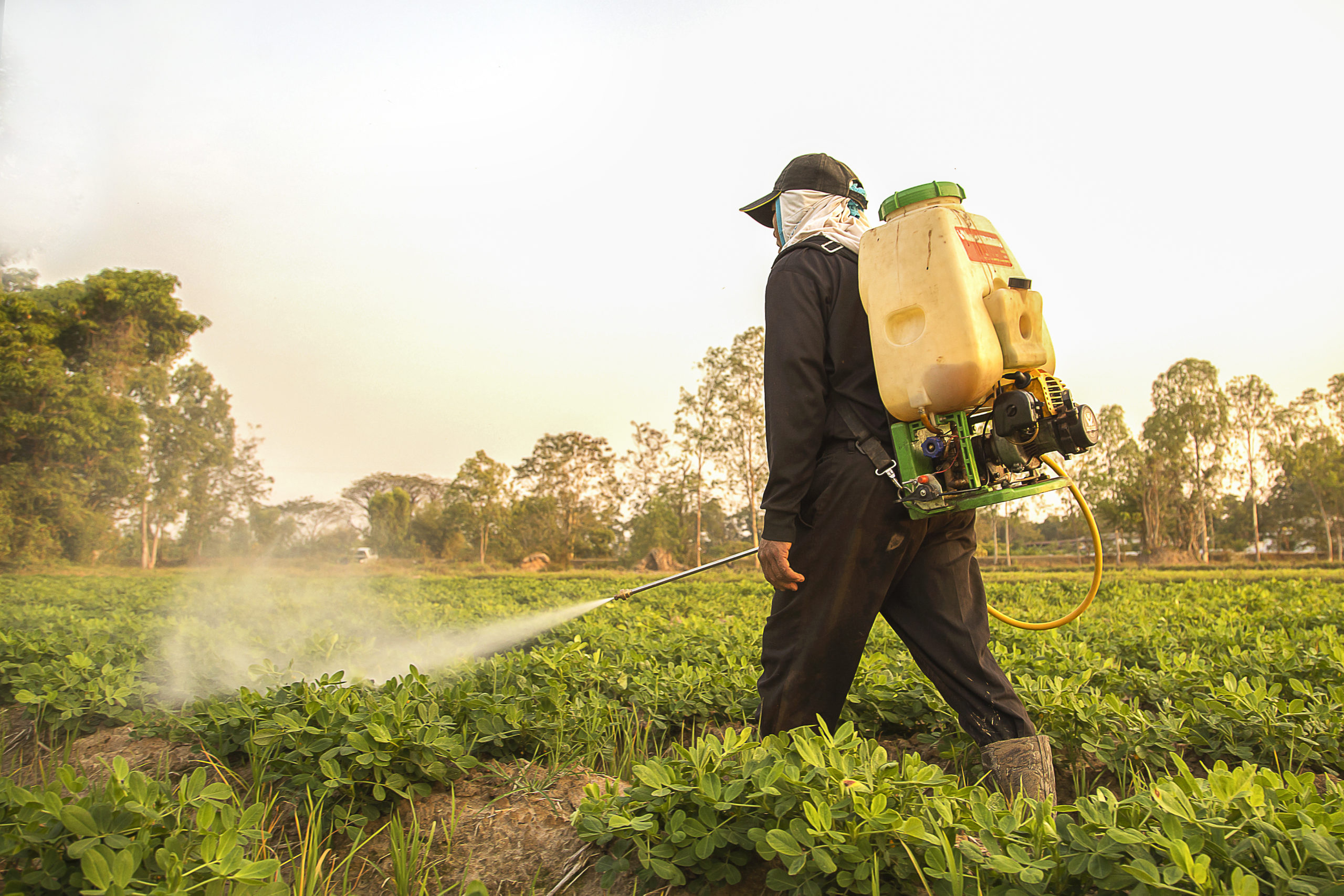Even before birth, parents do everything they can to keep their children safe. Expecting mothers avoid alcohol and refrain from eating specific types of seafood to avoid high levels of mercury, a known neurotoxicant.
Unfortunately, there are things in the environment that parents cannot keep their children away from, no matter how hard they try – like pesticides. Synthetic pesticide use became widespread in the late 1930s and early 1940s, with the creation of dichlorodiphenyltrichloroethane (DDT). DDT revolutionized crop yields by killing pests that fed on the crops and carried illnesses. It was later banned due to the discovery of its harmful effects.
A World Without DDT
Although DDT is no longer used, other pesticides are still used heavily in agriculture today. Since the 1940s, pesticide use has increased tenfold, which has increased the interactions that we have with these toxic chemicals, and the consequences of these exposures are seen primarily in children. In 2008, pesticide poisoning was the ninth most reported type of poisoning; of these cases, 45% were in children.
There are multiple ways that children become exposed to pesticides. Exposure can occur by crawling on grass, from residue on foods, or by air pollutants from fumigation. Some children have direct exposure to these harmful toxins. In California, 36% of public schools are in an area where pesticides are sprayed or applied within a quarter mile. Furthermore, Latin children are disproportionately exposed to pesticides compared to other racial or ethnic groups. They are 91% more likely to attend a school in an area with high pesticide use. Many of these high pesticide use areas are in or near our communities.
Protecting the Salad Bowl
The Salinas Valley and neighboring cities are known as the “Salad Bowl of the World,” given its ideal climate that creates optimal growing conditions for lettuce. With the success of the agriculture industry also comes a reliance on pesticides. A study by UC Berkeley found that children from the Salinas Valley who were exposed prenatally to high levels of an organic pesticide, chlorpyrifos, had lower IQ scores than their peers. Other studies have found that toxic chemicals like pesticides are linked to both neurological effects—like ADHD—and cancers. In fact, studies have shown that there may be a link between the high number of children with cancers like leukemia (the most common type of pediatric cancer) and environmental factors like pesticides.
Californians deserve better than this! Currently, the agricultural system is not doing enough to protect our most vulnerable population—our children. California Nurses for Environmental Health & Justice is proud to take action by advocating for pesticide regulations and expanding organic agriculture in the state. Join us to protect California kids.
By Veronica Nolasco Jones, MPH Candidate
University of San Francisco
CA Nurses for Environmental Health & Justice




